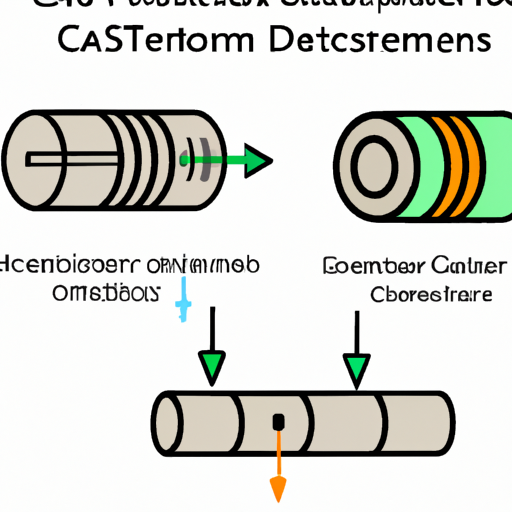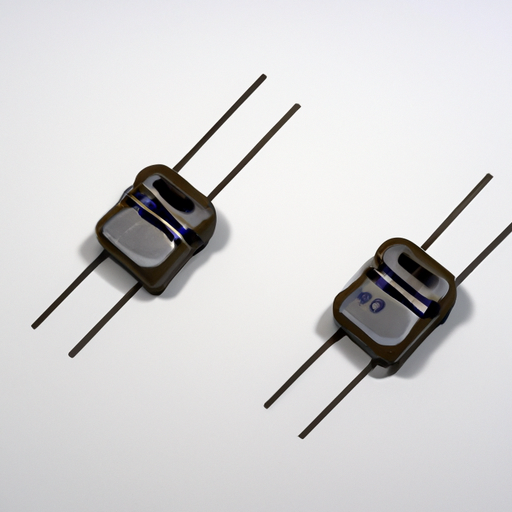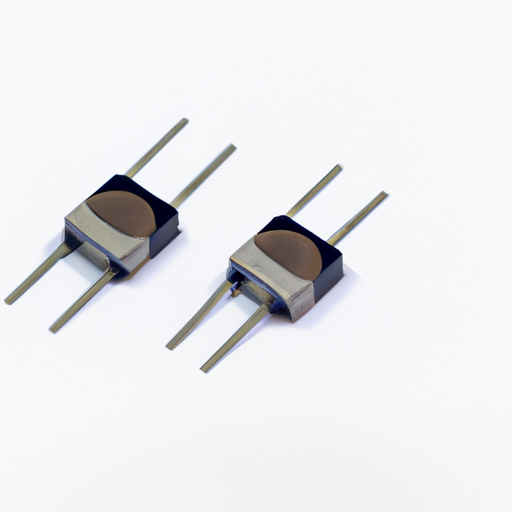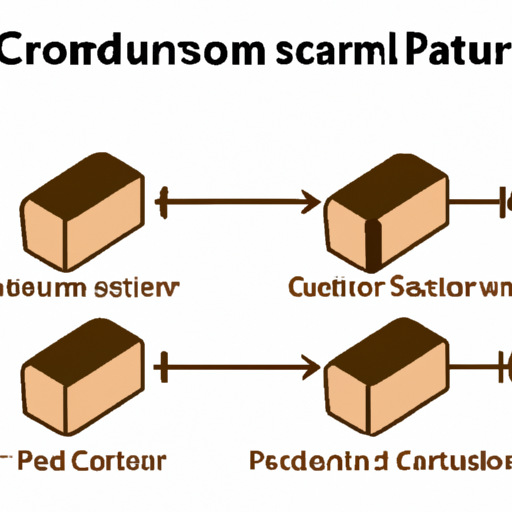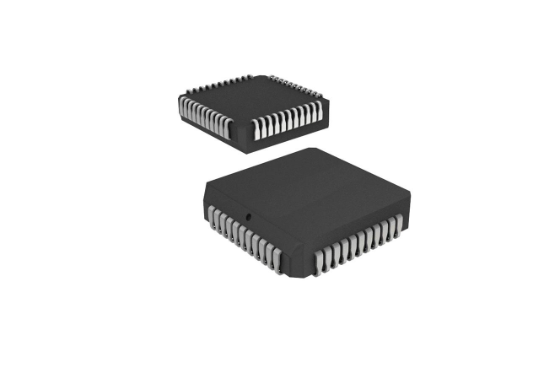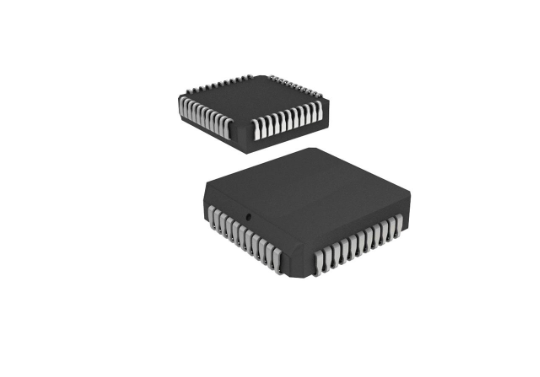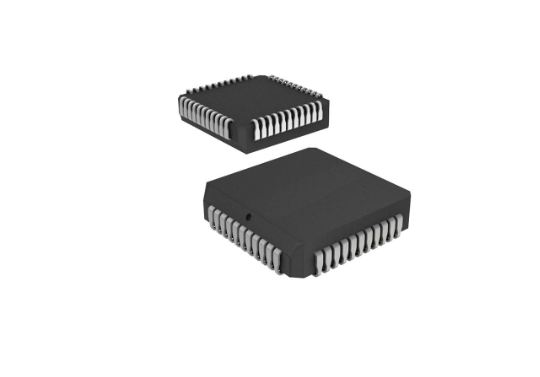What are the functions and principles of mainstream inductors?
What are the Functions and Principles of Mainstream Inductors?
I. Introduction
Inductors are fundamental components in electrical circuits, playing a crucial role in the management of electrical energy. Defined as passive electrical devices that store energy in a magnetic field when electric current flows through them, inductors are essential in various applications, from power supplies to signal processing. This article aims to explore the functions and principles of mainstream inductors, providing a comprehensive understanding of their construction, behavior in different circuits, applications, challenges, and future trends.
II. Basic Principles of Inductance
A. Definition of Inductance
Inductance is the property of an electrical conductor that opposes changes in current. It is measured in henries (H) and is defined as the ratio of the induced electromotive force (EMF) to the rate of change of current. When the current through an inductor changes, it generates a magnetic field that can induce a voltage in the opposite direction, according to Lenz's Law.
B. Faraday's Law of Electromagnetic Induction
1. Explanation of Magnetic Fields
Faraday's Law states that a change in magnetic flux through a circuit induces an electromotive force (EMF) in that circuit. This principle is foundational to the operation of inductors. When current flows through a coil of wire, it creates a magnetic field around it. The strength of this magnetic field is proportional to the amount of current flowing through the wire.
2. Induced Electromotive Force (EMF)
When the current changes, the magnetic field also changes, leading to a change in magnetic flux. This change induces an EMF in the coil, which opposes the change in current. This phenomenon is what allows inductors to store energy and release it when needed.
C. Lenz's Law
1. Direction of Induced Current
Lenz's Law states that the direction of the induced current is such that it opposes the change in magnetic flux that produced it. This means that if the current through an inductor is increasing, the induced current will flow in a direction that opposes this increase.
2. Conservation of Energy
Lenz's Law is a manifestation of the conservation of energy principle. The energy stored in the magnetic field of the inductor is released back into the circuit when the current decreases, ensuring that energy is neither created nor destroyed.
III. Construction of Inductors
A. Core Materials
The core of an inductor significantly affects its performance. Common core materials include:
1. Air Core
Air core inductors use no magnetic material, relying solely on the air surrounding the coil. They are typically used in high-frequency applications due to their low losses.
2. Ferrite Core
Ferrite cores are made from ceramic compounds of iron oxide and other metals. They provide high magnetic permeability, making them suitable for high-frequency applications and reducing core losses.
3. Iron Core
Iron core inductors are used for low-frequency applications. They have high inductance values but can suffer from saturation effects at high currents.
B. Wire Types and Configurations
The type of wire used in inductors also influences their performance:
1. Enamel-Coated Wire
This type of wire is insulated with a thin layer of enamel, allowing for close winding without short circuits.
2. Litz Wire
Litz wire consists of many thin strands of wire twisted together, reducing skin effect losses at high frequencies.
3. Coil Winding Techniques
The way the wire is wound around the core can affect the inductor's inductance and performance. Techniques include solenoid, toroidal, and bifilar winding.
C. Inductor Shapes and Sizes
Inductors come in various shapes and sizes, including:
1. Toroidal Inductors
These are donut-shaped inductors that provide high inductance in a compact form, minimizing electromagnetic interference.
2. Axial and Radial Inductors
Axial inductors have leads on either end, while radial inductors have leads coming out from the bottom. Both types are used in different applications based on space and design requirements.
IV. Functions of Inductors
A. Energy Storage
Inductors store energy in their magnetic fields when current flows through them. This energy can be released back into the circuit when the current decreases, making inductors essential for energy management in circuits.
B. Filtering Applications
Inductors are widely used in filtering applications:
1. Low-Pass Filters
These filters allow low-frequency signals to pass while attenuating high-frequency signals, commonly used in audio applications.
2. High-Pass Filters
High-pass filters do the opposite, allowing high-frequency signals to pass while blocking low-frequency signals.
3. Band-Pass Filters
These filters allow a specific range of frequencies to pass, used in radio and communication systems.
C. Chokes and Noise Suppression
Inductors are also used as chokes to suppress noise in electrical circuits:
1. Common-Mode Chokes
These are used to filter out common-mode noise in differential signals, improving signal integrity.
2. Differential-Mode Chokes
These chokes are designed to block differential noise while allowing the desired signal to pass.
D. Transformers and Coupling
Inductors are fundamental in transformers, where they enable inductive coupling between circuits. This principle is used in power supplies and audio systems to transfer energy efficiently.
V. Inductor Behavior in AC and DC Circuits
A. Inductor Response in DC Circuits
1. Steady-State Behavior
In a DC circuit, once the current reaches a steady state, the inductor behaves like a short circuit, allowing current to flow freely.
2. Transient Response
When the current is first applied, the inductor resists changes in current, causing a delay in the current rise. This transient response is characterized by an exponential rise to the steady-state value.
B. Inductor Response in AC Circuits
1. Impedance and Reactance
In AC circuits, inductors present impedance, which is a combination of resistance and reactance. The reactance of an inductor increases with frequency, making it more challenging for high-frequency signals to pass.
2. Phase Relationship Between Voltage and Current
In an AC circuit, the current lags the voltage by 90 degrees in an ideal inductor, which is crucial for understanding power factor and circuit behavior.
VI. Applications of Inductors
A. Power Electronics
Inductors are vital in power electronics, particularly in:
1. Switching Power Supplies
Inductors store energy during the switching process, smoothing out the output voltage.
2. DC-DC Converters
Inductors are used to step up or step down voltage levels efficiently.
B. Signal Processing
Inductors play a significant role in signal processing applications:
1. Radio Frequency Applications
Inductors are used in RF circuits for tuning and filtering signals.
2. Audio Equipment
Inductors are used in crossovers to direct specific frequency ranges to the appropriate speakers.
C. Telecommunications
Inductors are essential in telecommunications:
1. Inductors in Filters and Matching Networks
They help in filtering unwanted frequencies and matching impedance for optimal signal transmission.
2. Role in Transmission Lines
Inductors are used to manage signal integrity and reduce losses in transmission lines.
VII. Challenges and Limitations of Inductors
A. Saturation Effects
Inductors can experience saturation, where the core material cannot store any more magnetic energy, leading to a drop in inductance and potential circuit failure.
B. Parasitic Elements
Inductors are not ideal components; they have parasitic resistance and capacitance that can affect performance, especially at high frequencies.
C. Size and Weight Considerations
Inductors can be bulky and heavy, which poses challenges in compact electronic designs. Designers must balance performance with size and weight constraints.
VIII. Future Trends in Inductor Technology
A. Advances in Materials and Manufacturing
New materials and manufacturing techniques are being developed to enhance inductor performance, including the use of nanomaterials and advanced composites.
B. Miniaturization and Integration with Other Components
As electronic devices become smaller, there is a trend towards miniaturizing inductors and integrating them with other components, such as capacitors and resistors, on a single chip.
C. Emerging Applications in Renewable Energy and Electric Vehicles
Inductors are increasingly being used in renewable energy systems, such as solar inverters and wind turbines, as well as in electric vehicles for efficient power management.
IX. Conclusion
Inductors are essential components in modern electrical and electronic systems, serving various functions from energy storage to filtering and noise suppression. Understanding their principles, construction, and behavior in different circuits is crucial for engineers and designers. As technology advances, inductors will continue to evolve, playing a vital role in the future of electronics, particularly in emerging fields like renewable energy and electric vehicles. Their importance in managing electrical energy and signals ensures that inductors will remain a cornerstone of electrical engineering for years to come.

